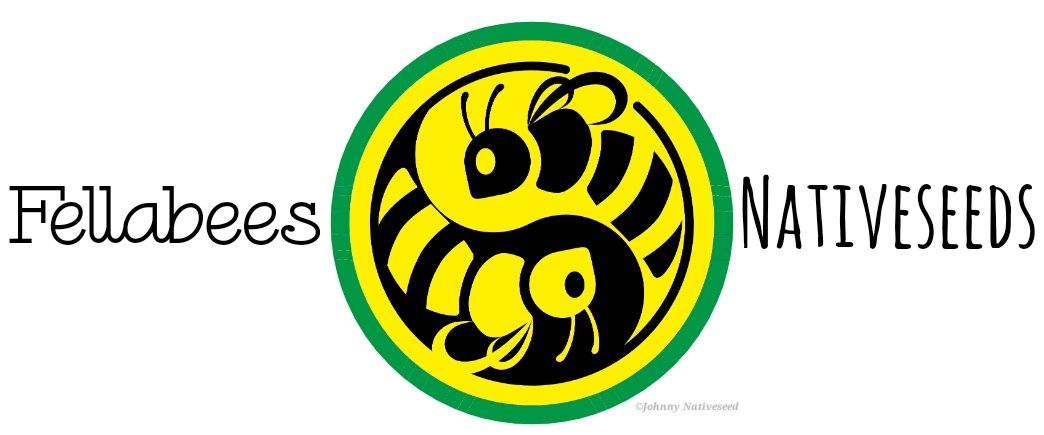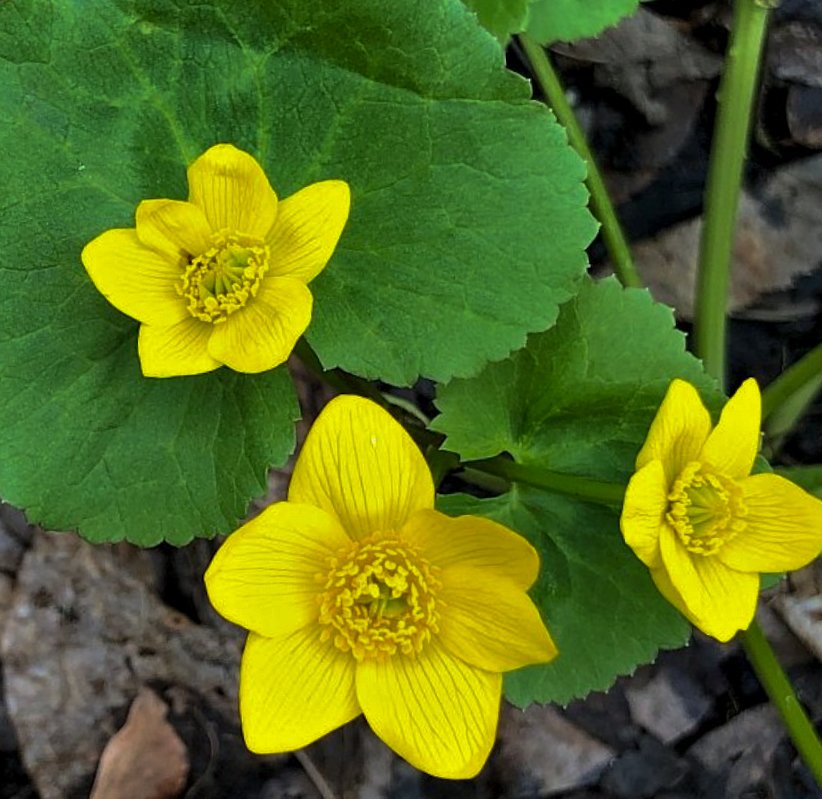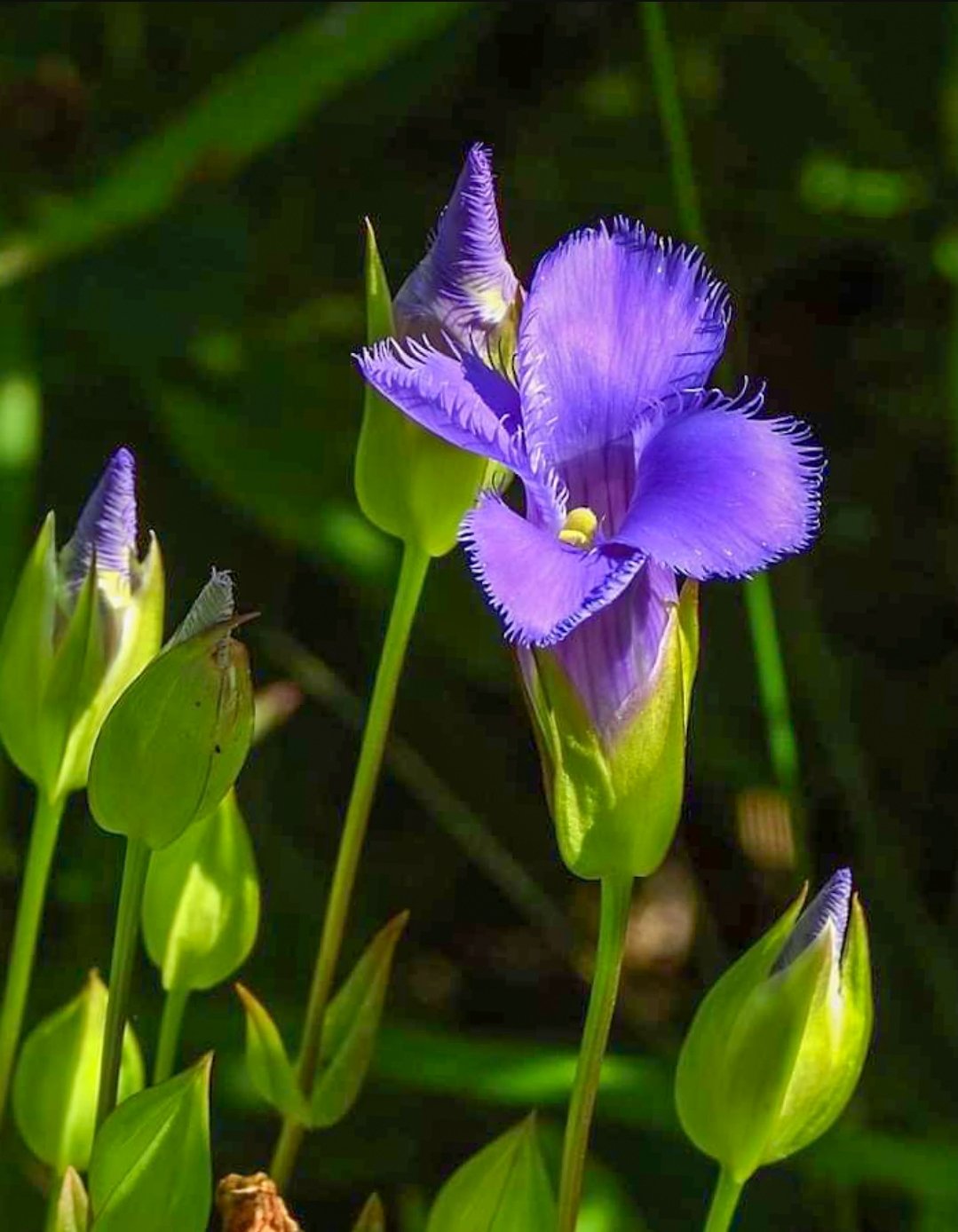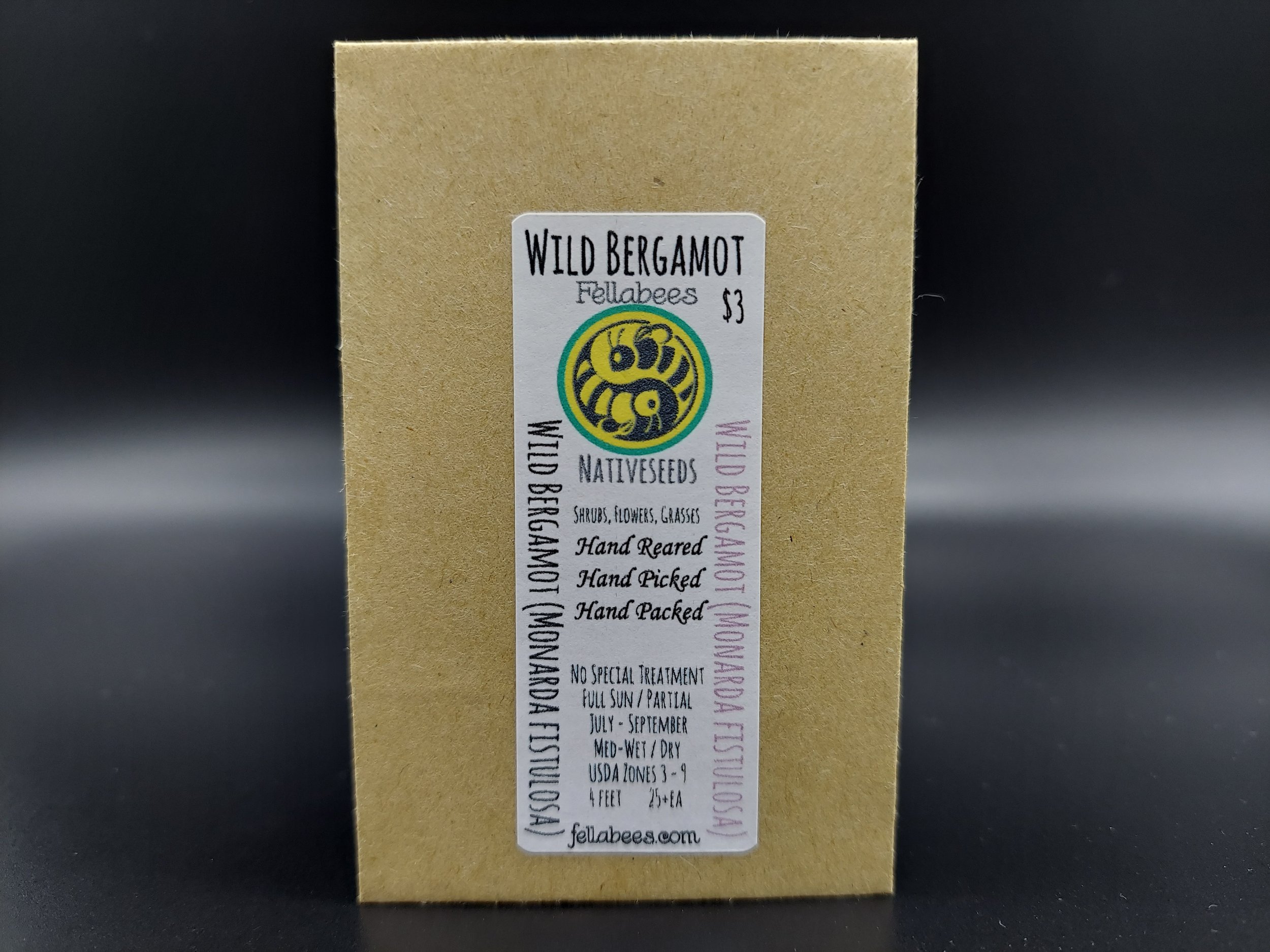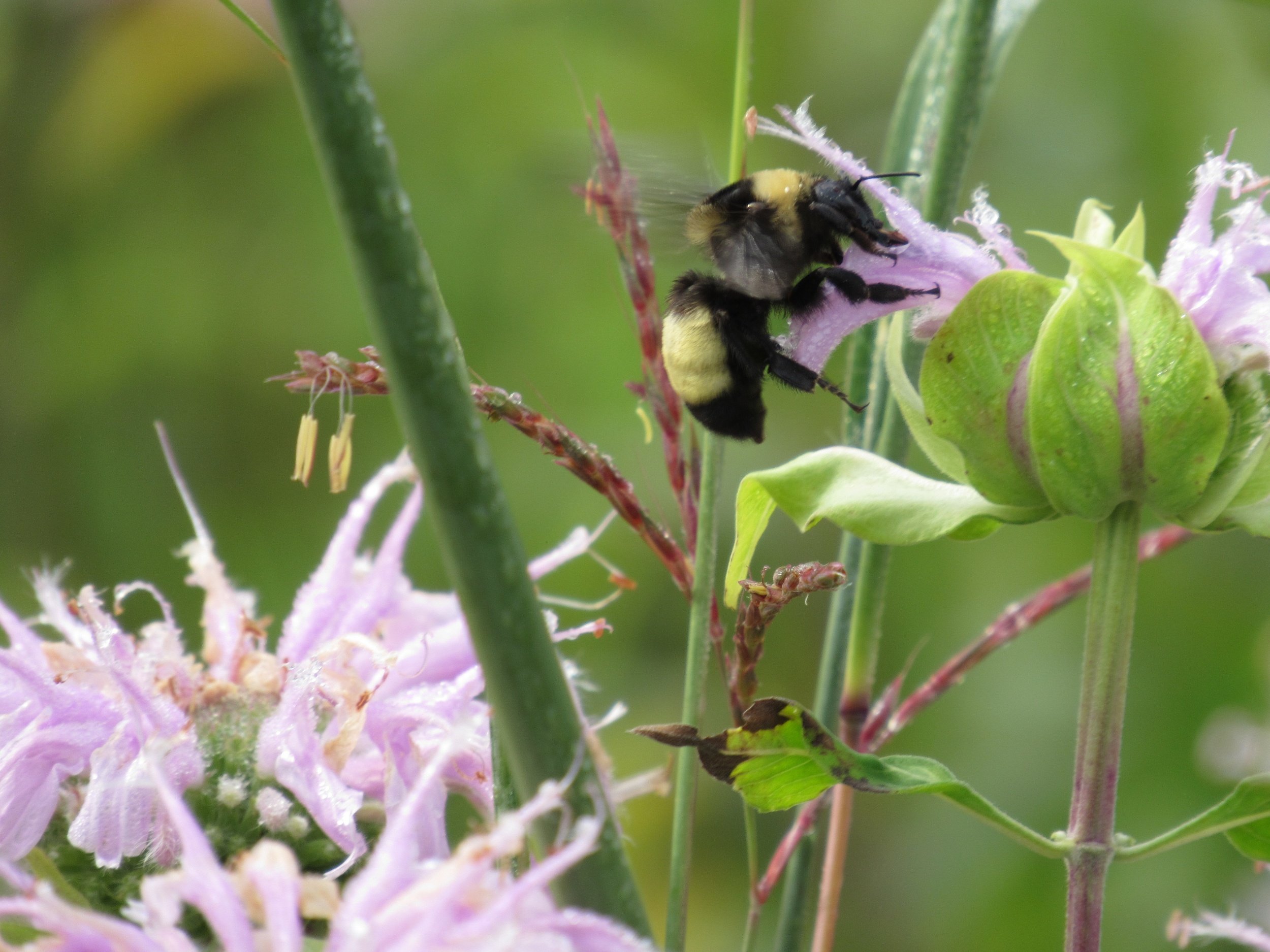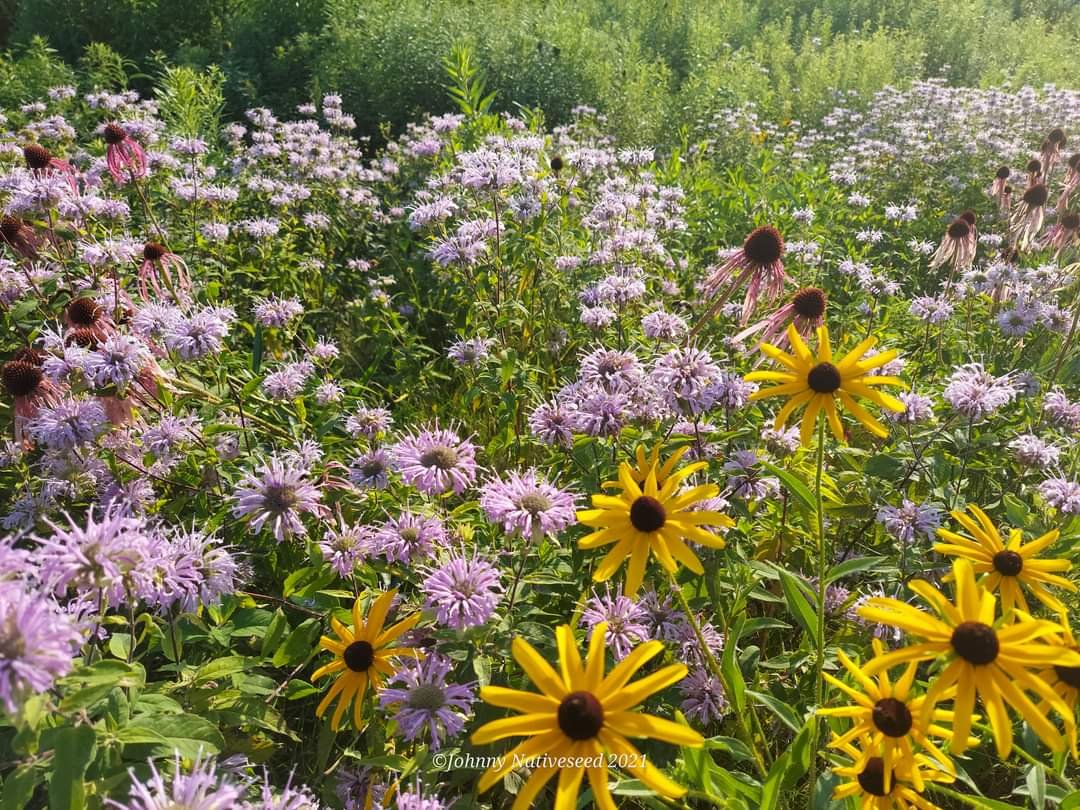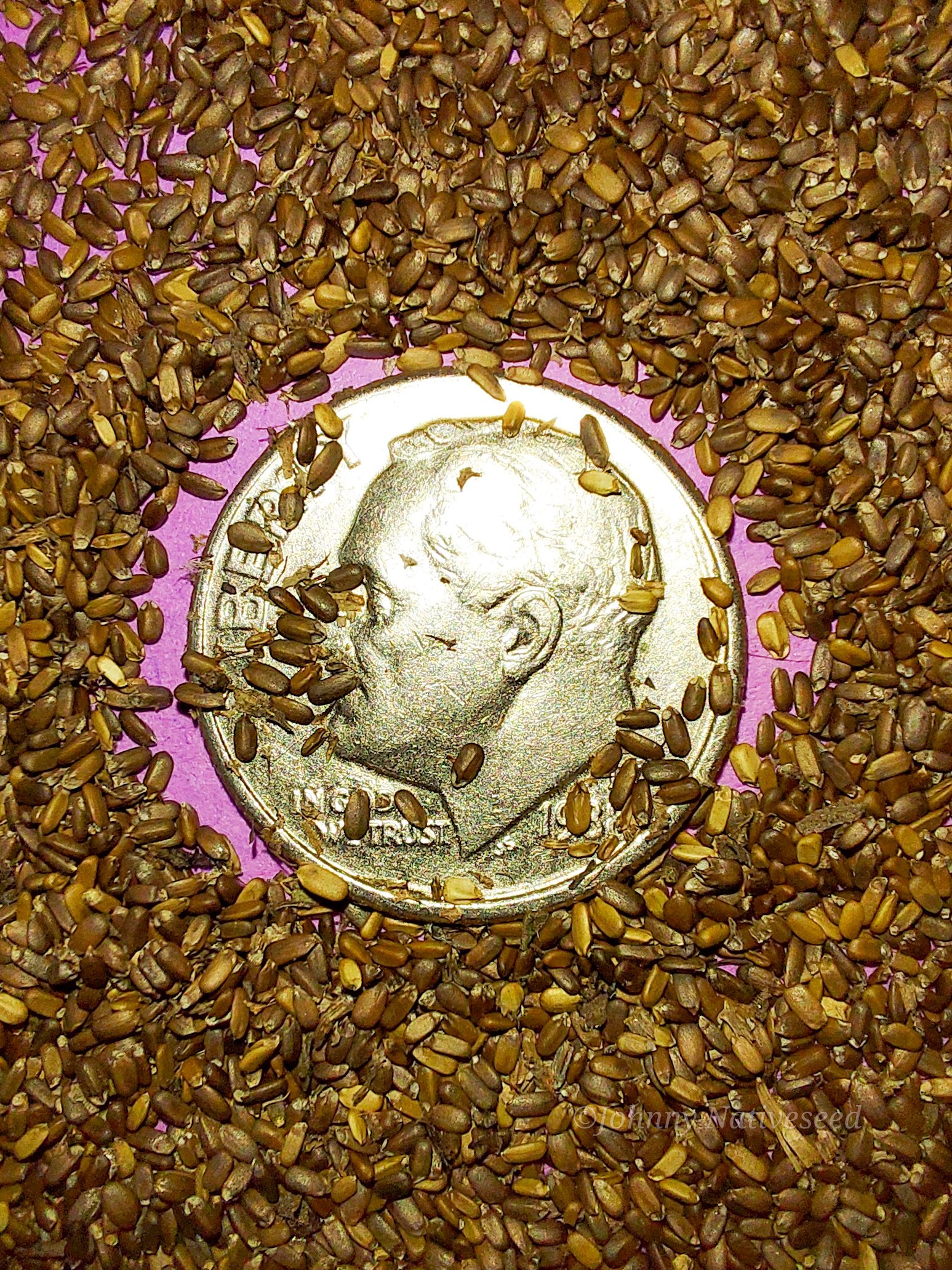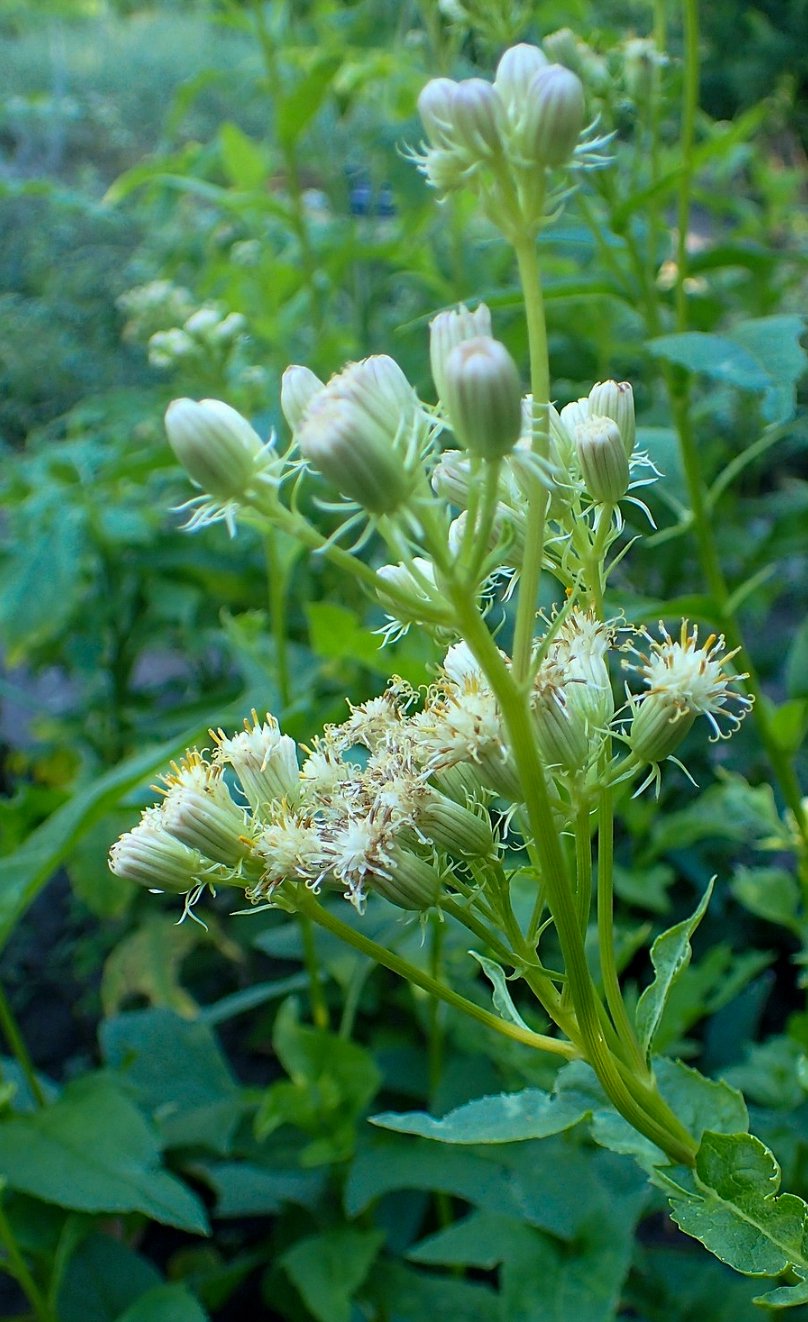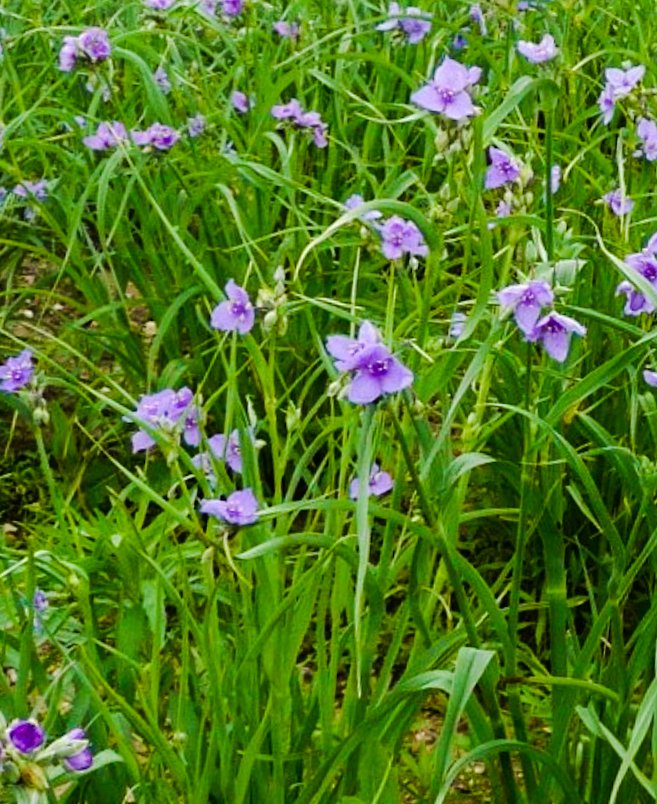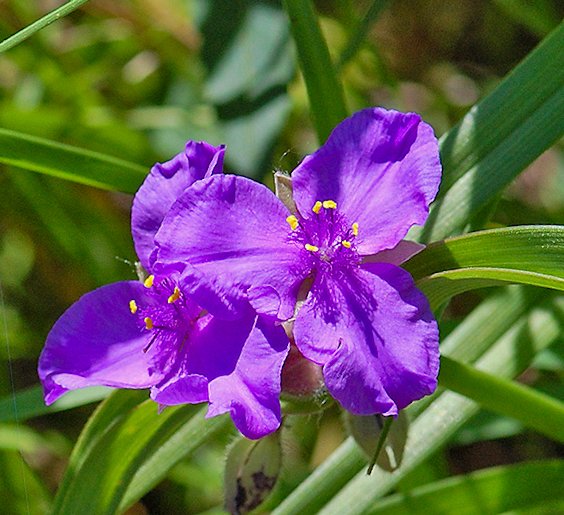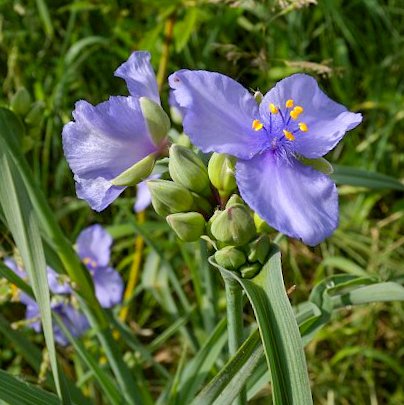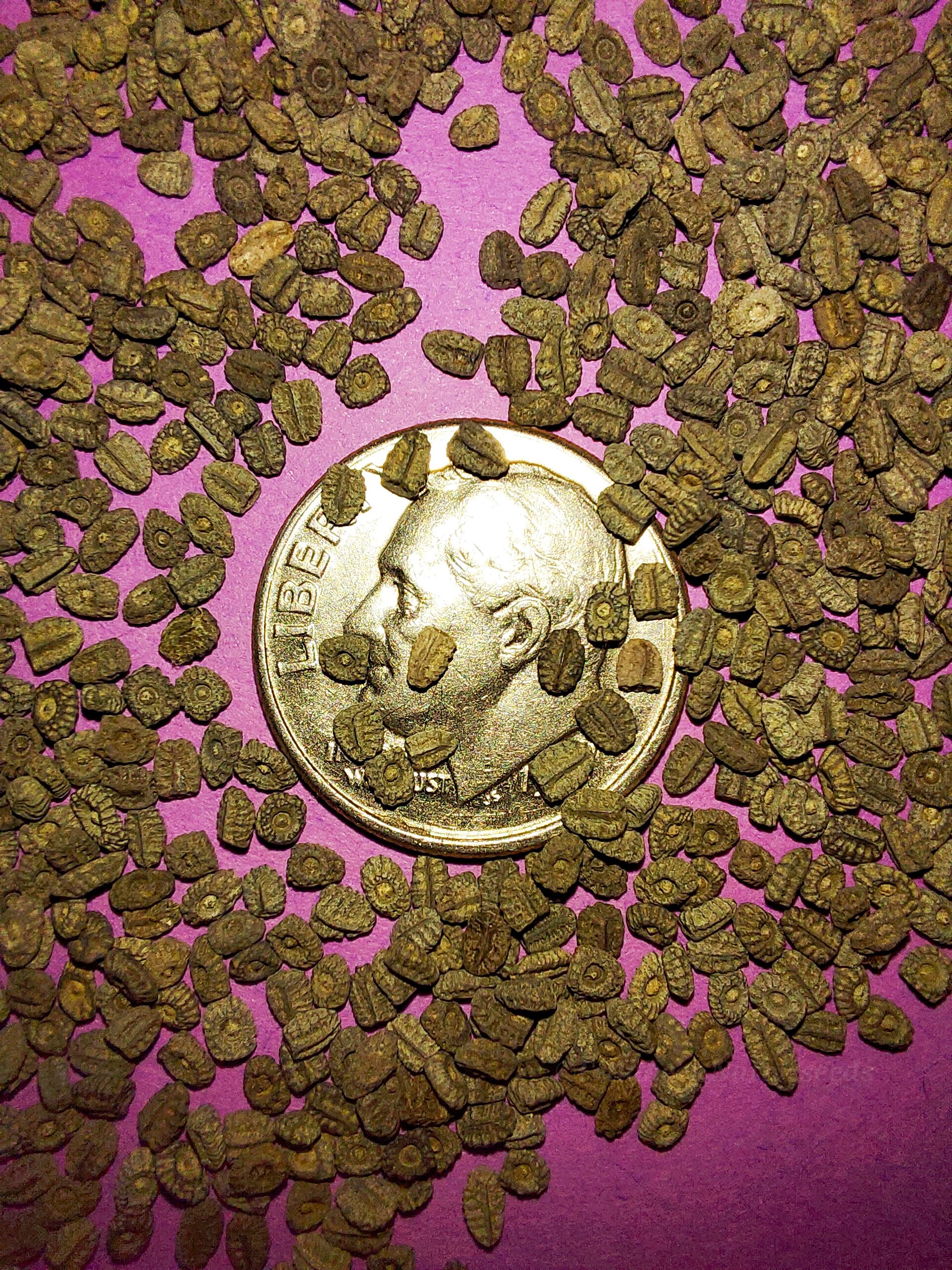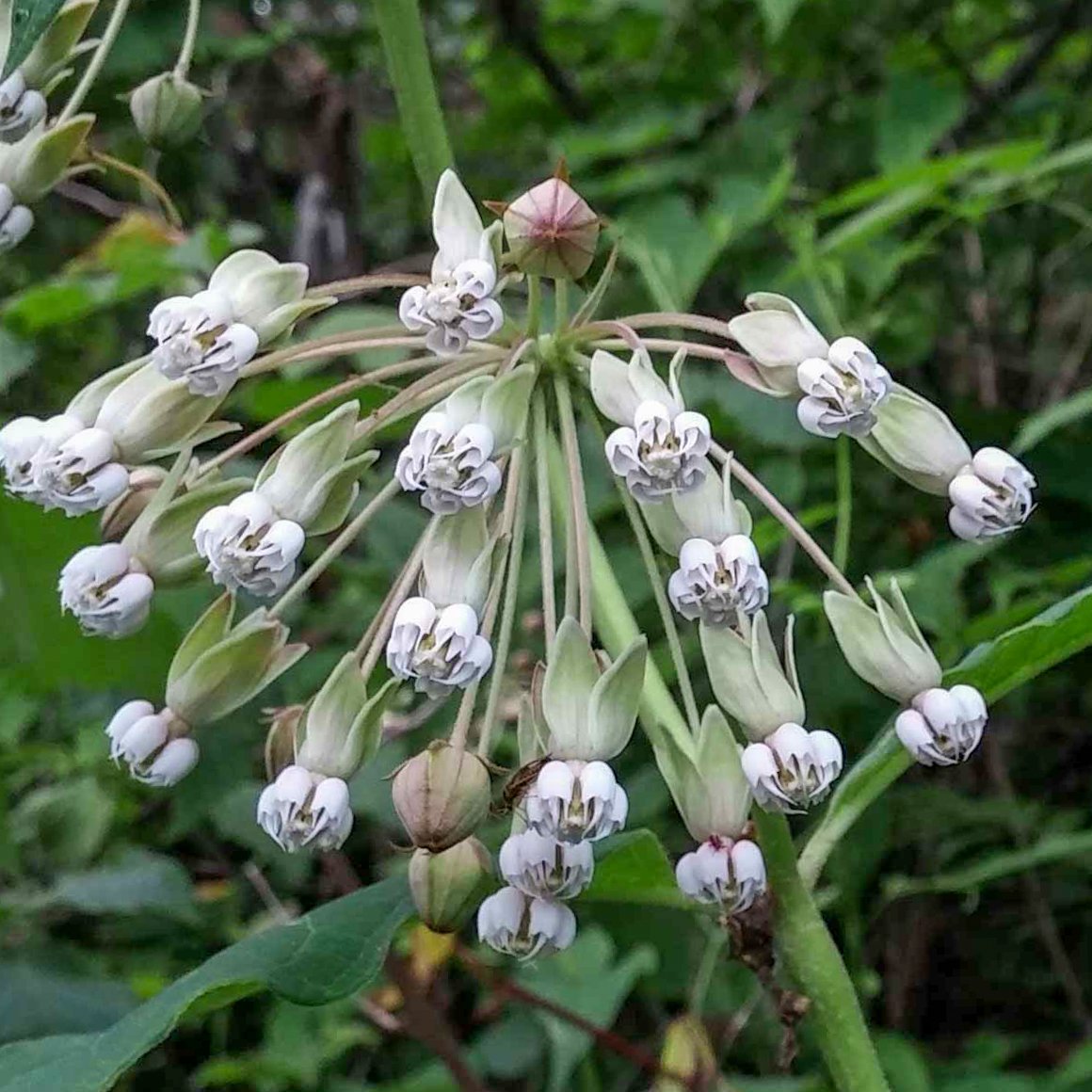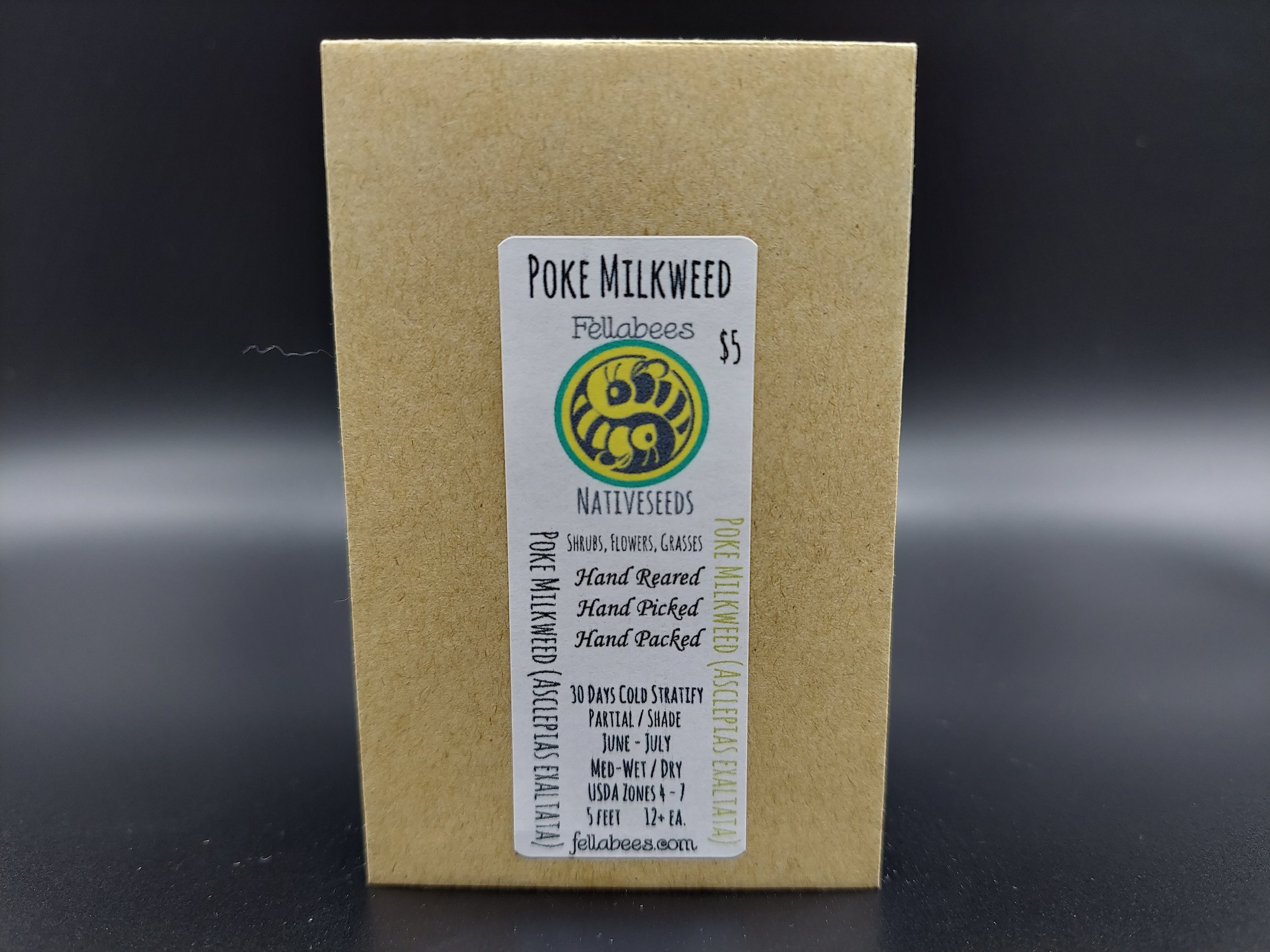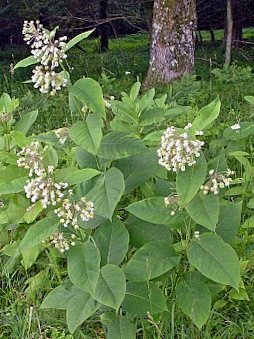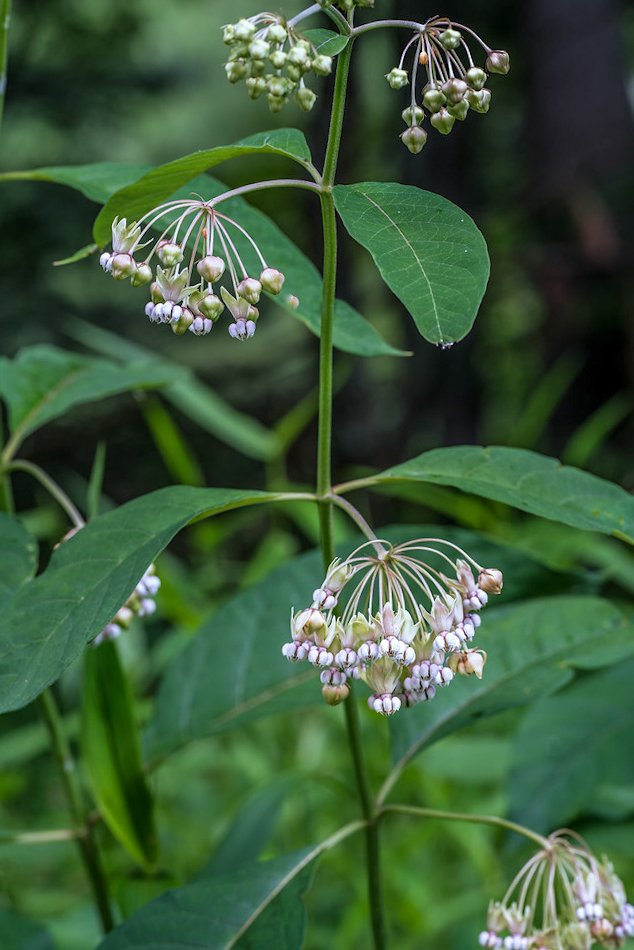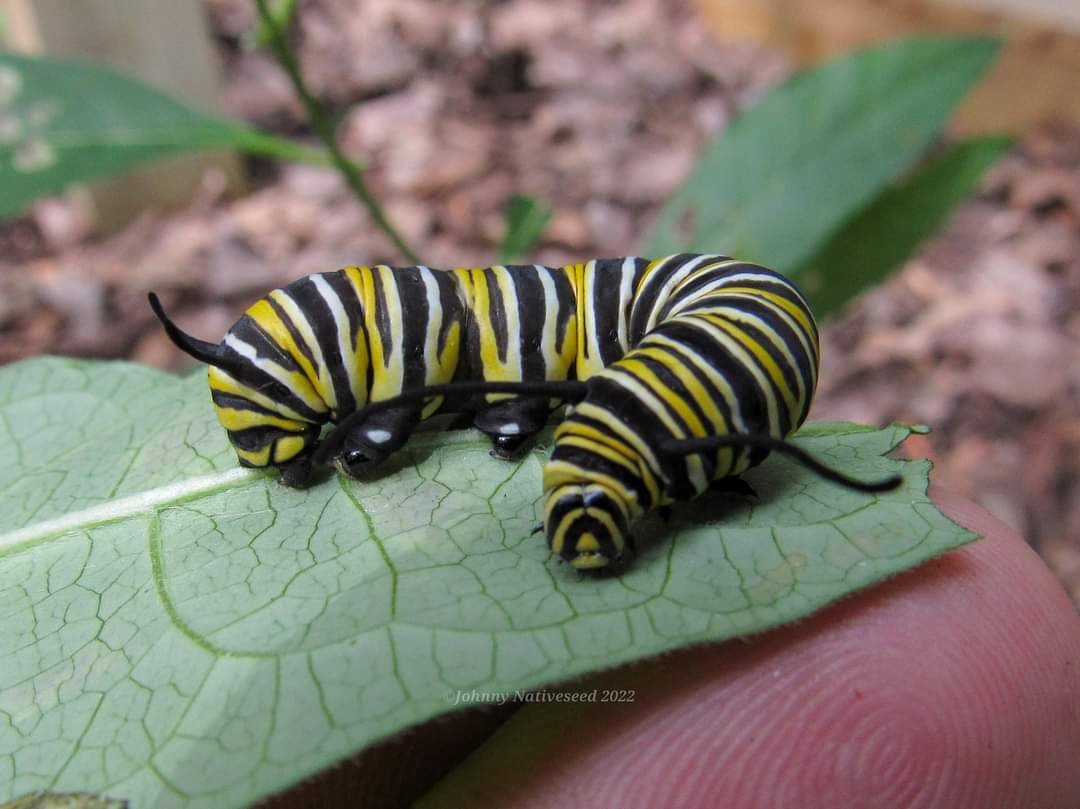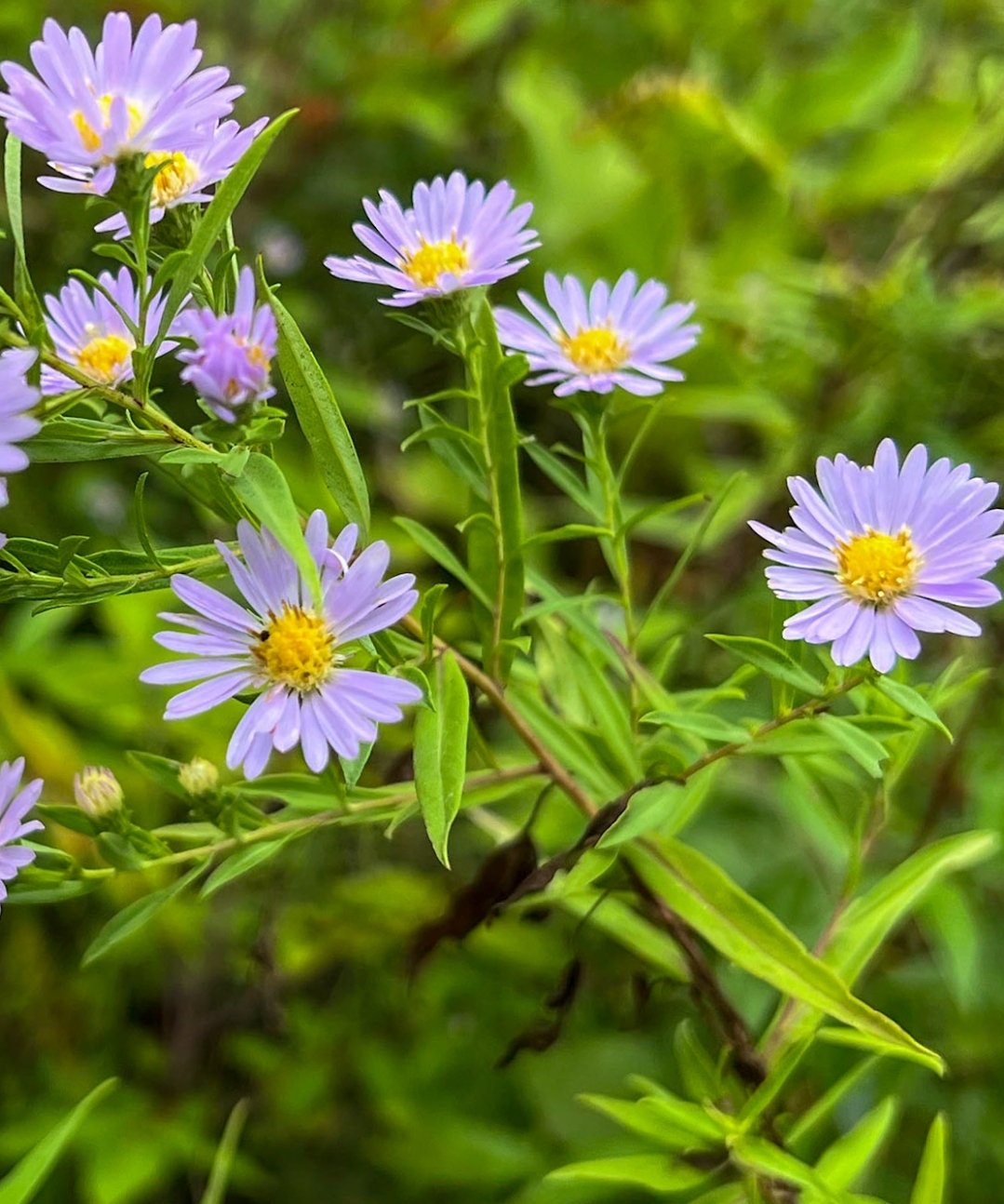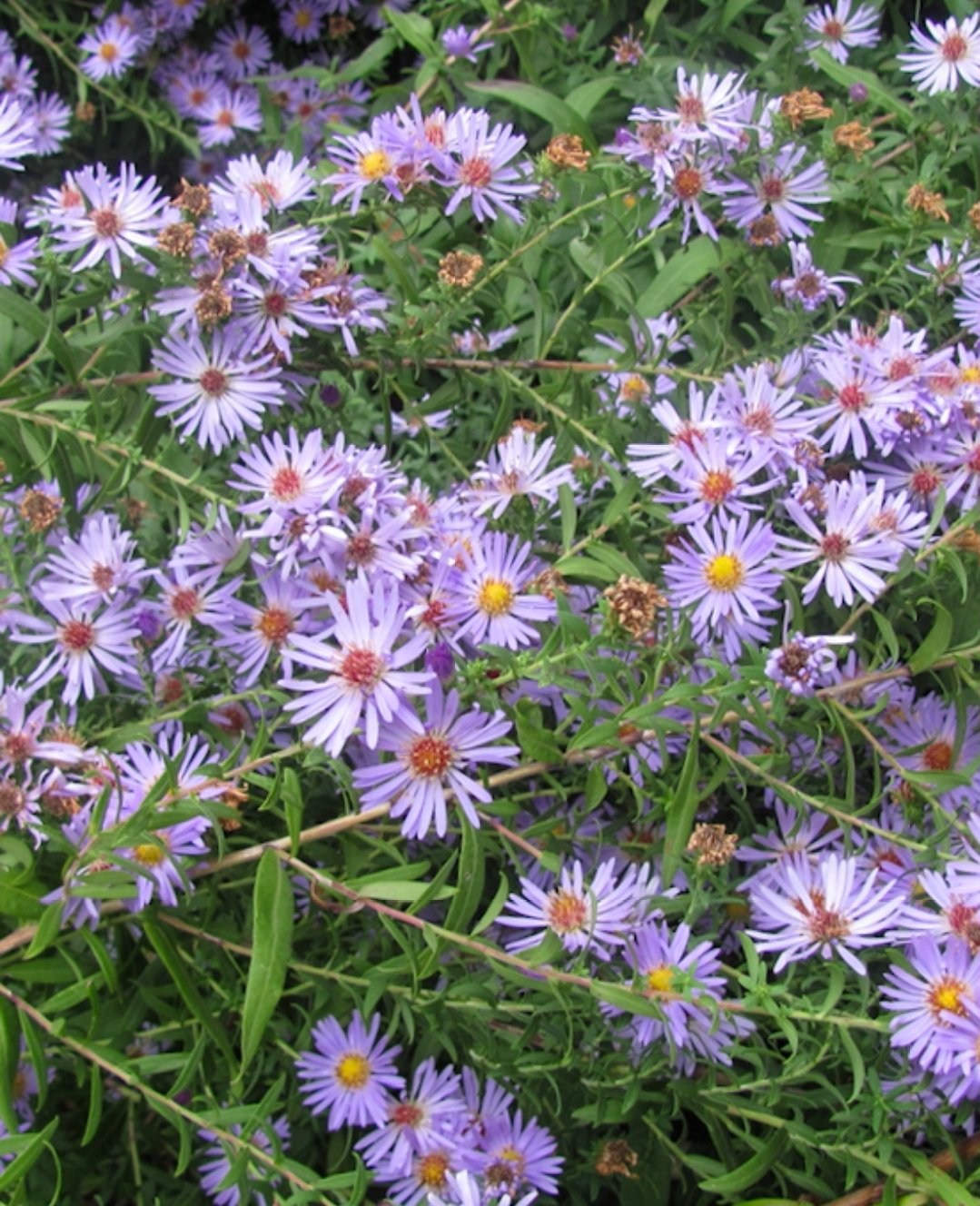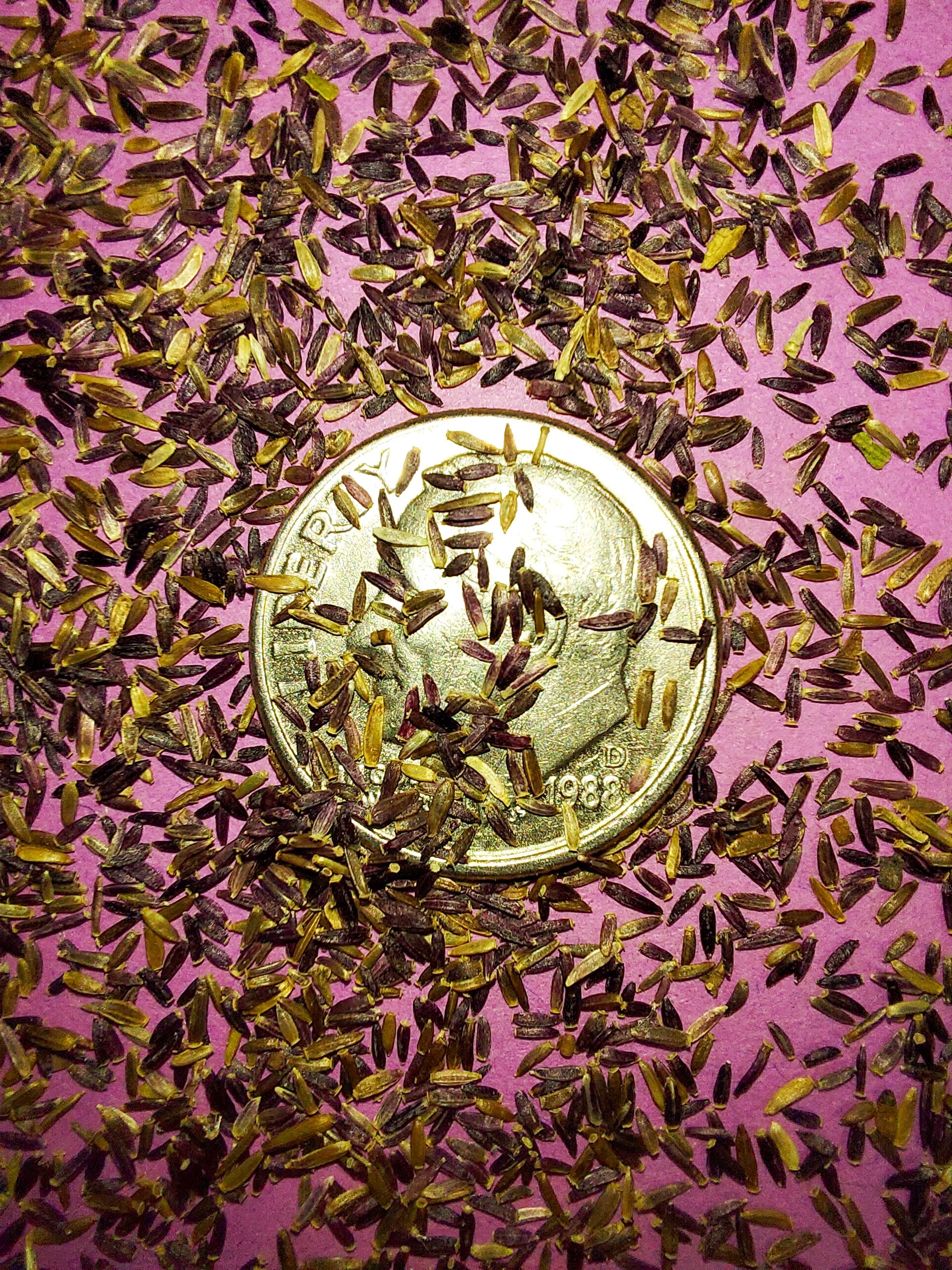 Image 1 of 6
Image 1 of 6

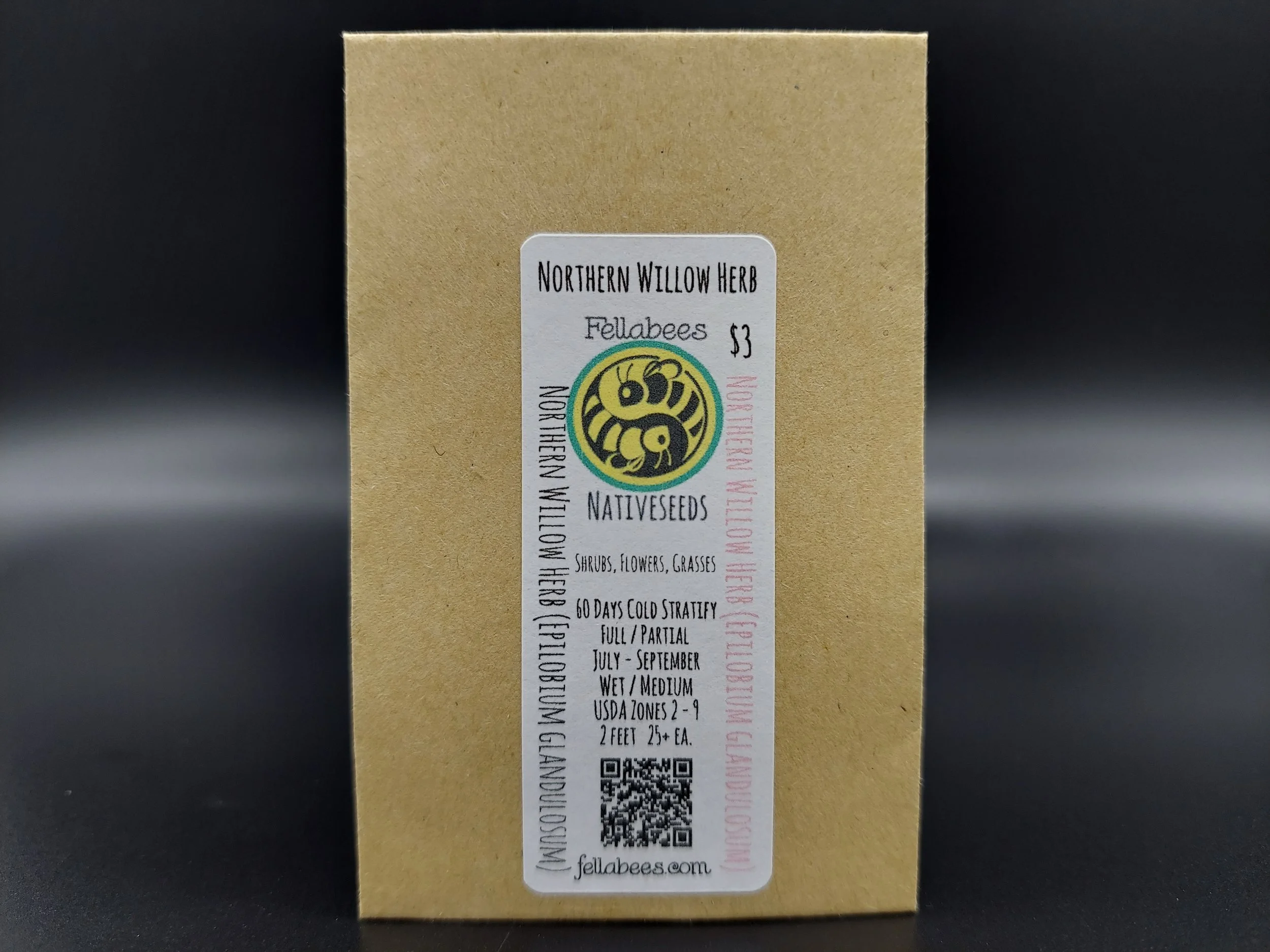 Image 2 of 6
Image 2 of 6

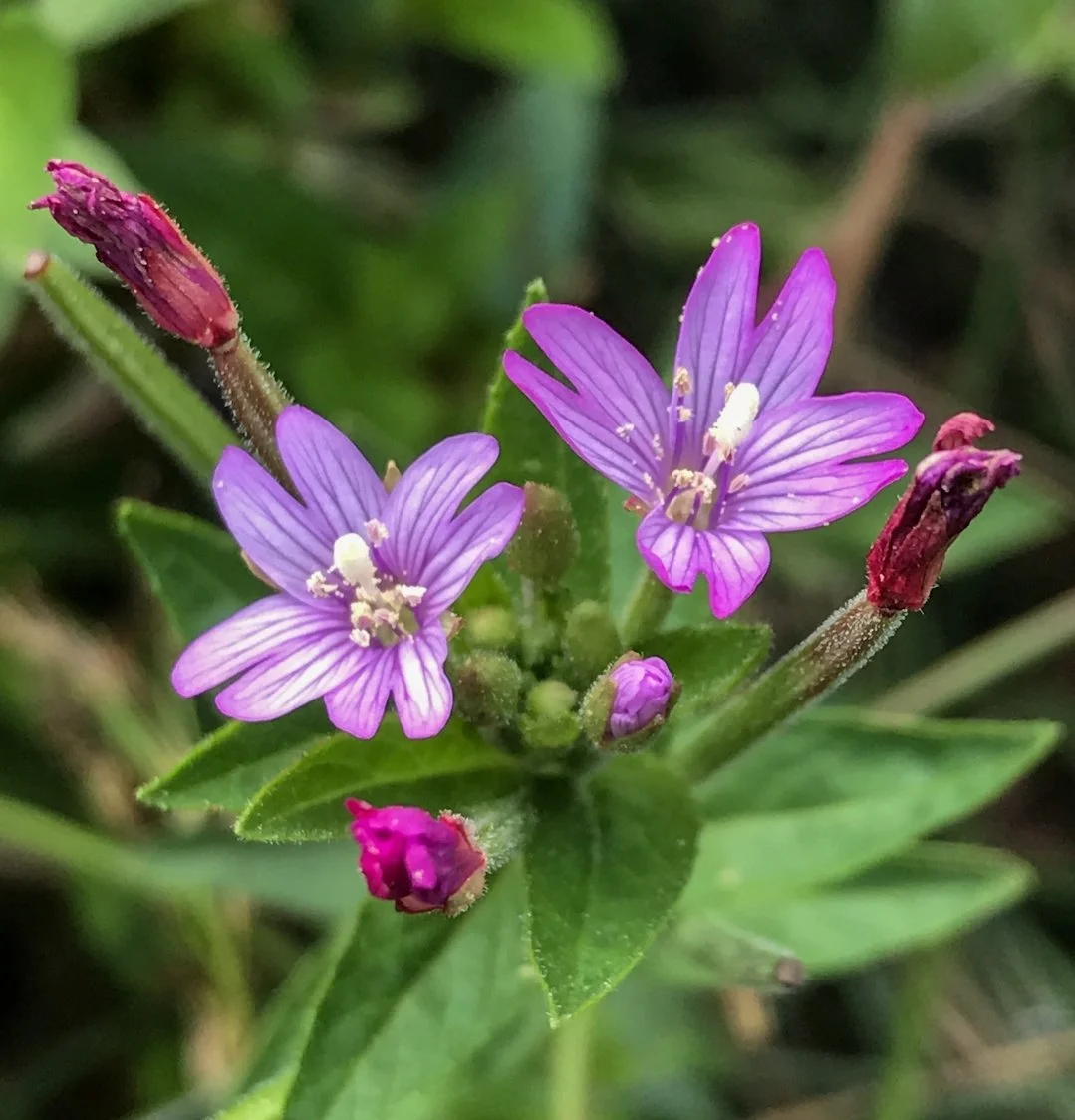 Image 3 of 6
Image 3 of 6

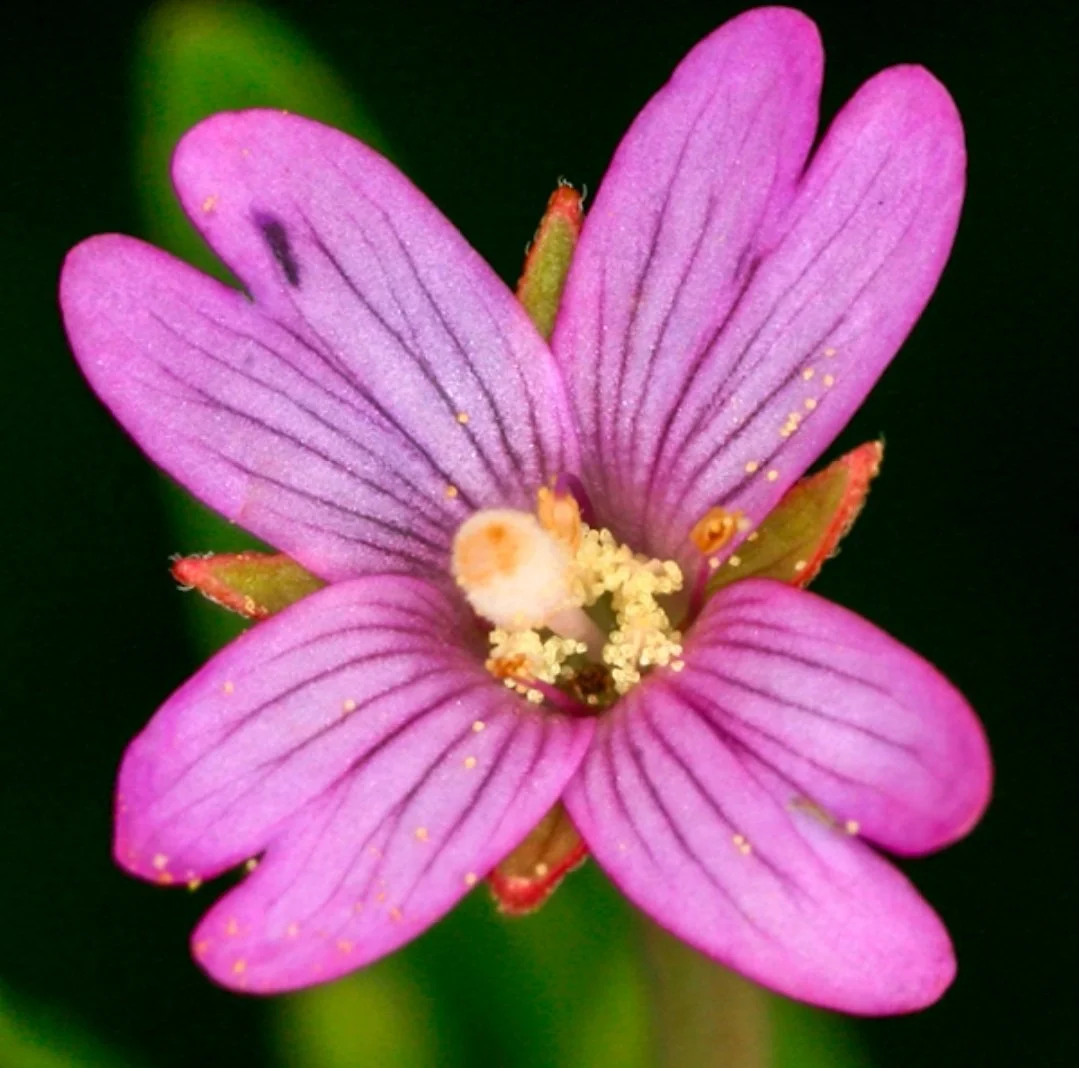 Image 4 of 6
Image 4 of 6

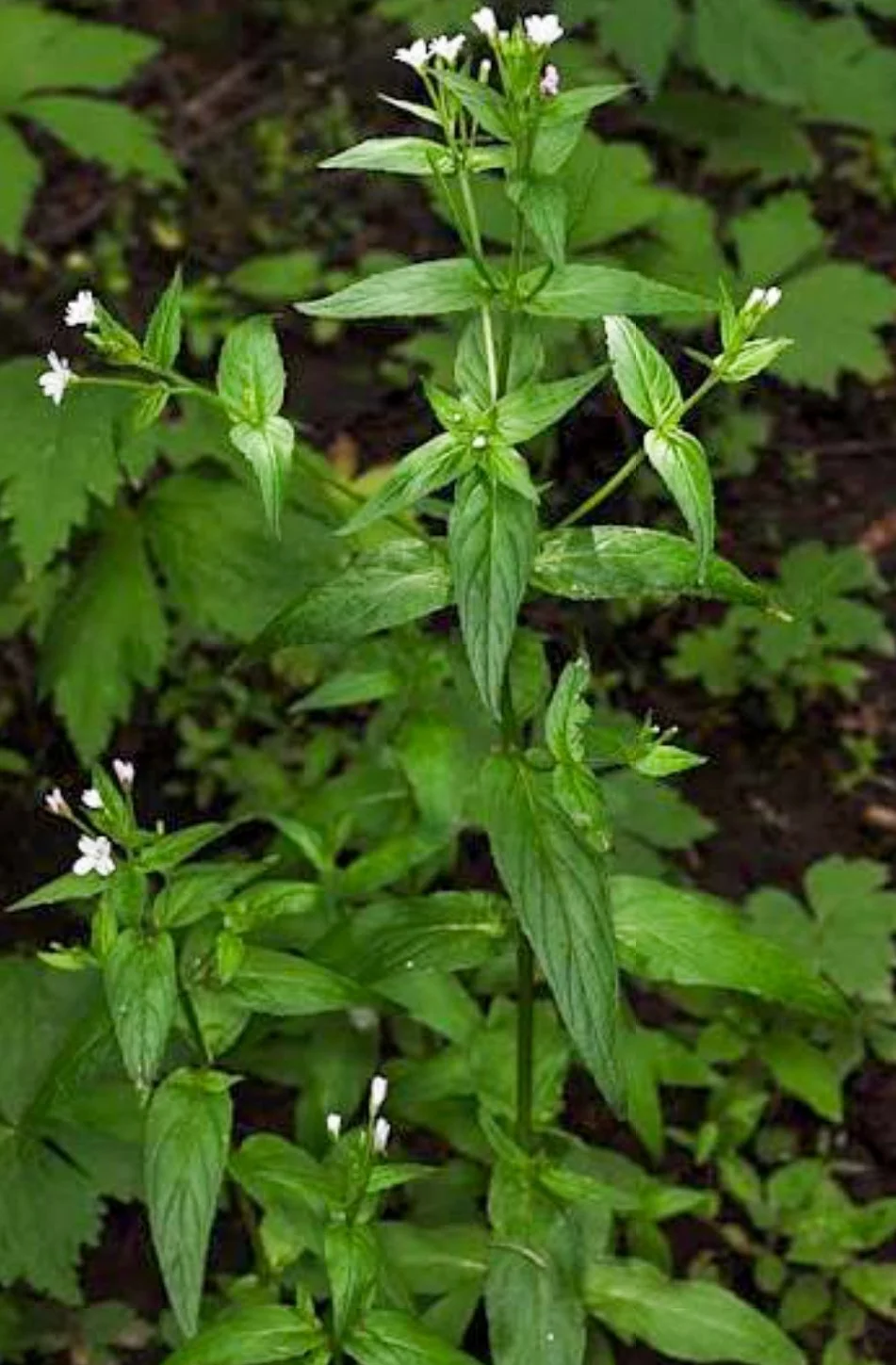 Image 5 of 6
Image 5 of 6

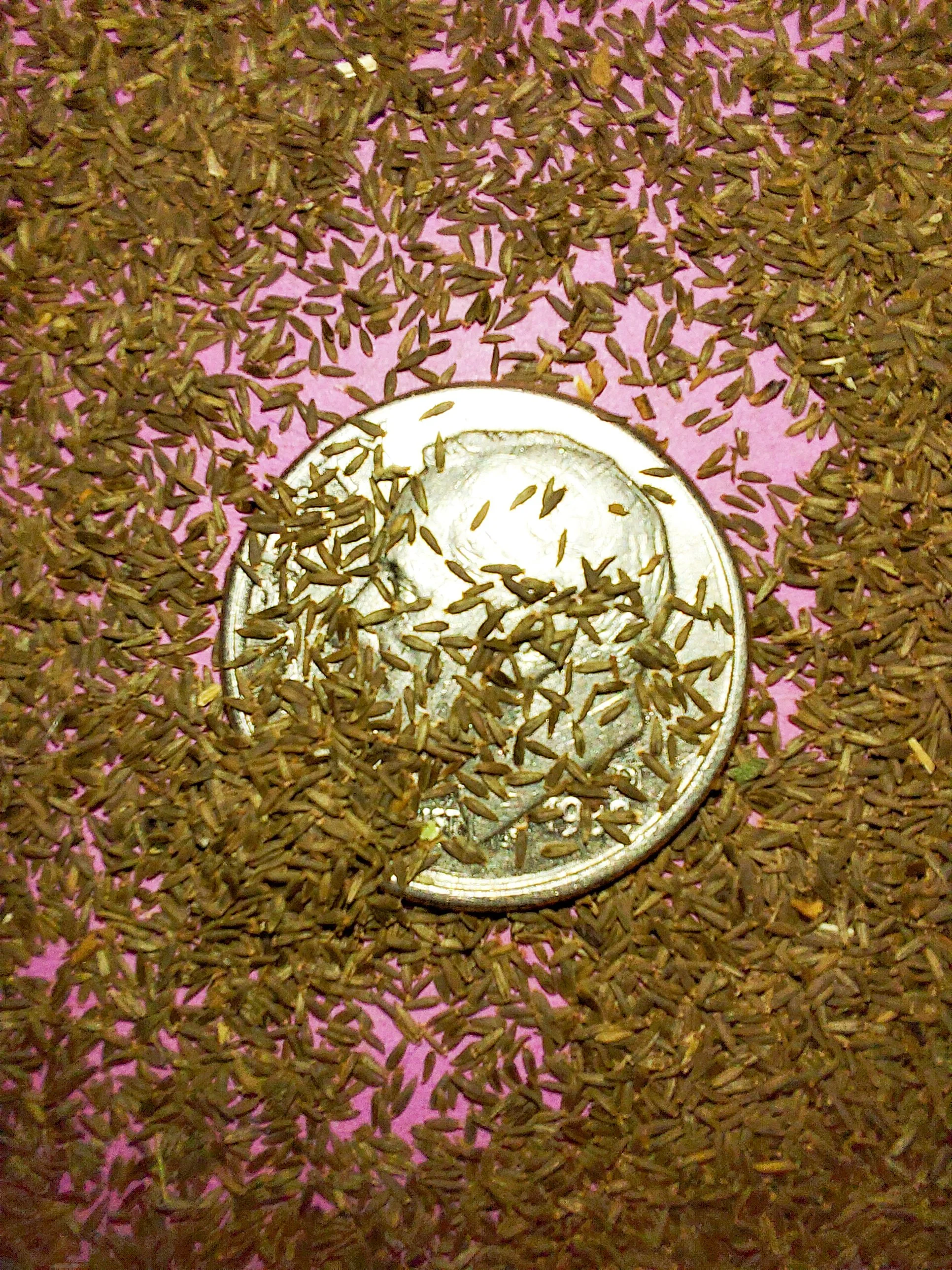 Image 6 of 6
Image 6 of 6







Northern Willow Herb (Epilobium glandulosum)
Northern Willow Herb (Epilobium glandulosum)
Epilobium glandulosum is the scientific name for the species of plant more commonly referred to as Northern Willow Herb. It is also known by other common names such as Fringed Willowherb, American Willowherb, and Slender Willow Herb. This species is a flowering plant that belongs to the Onagraceae family. Northern Willow Herb is native to a wide range of regions, including much of North America, as well as parts of southern South America and East Asia.
This perennial plant thrives particularly well in wetlands, along roadsides, and in various disturbed areas where other vegetation may struggle to establish. Northern Willow Herb typically forms dense clumps that often reach heights exceeding 4.5 feet. Its thick, lance-shaped leaves, which are prominently veined, can grow up to 15 cm long, providing a lush green backdrop. The plant's stems and flowers are uniquely covered with fine bristles and glandular hairs, giving them a slightly rough texture. The flowers themselves feature four sepals and deeply notched petals that range in color from white to light purple or pink, often marked with dark veins for added contrast. Each flower contains eight stamens and a distinctive club-shaped stigma. After flowering, the plant produces narrow, hairy capsules measuring up to 10 cm long, divided into four chambers. Inside these capsules are downy seeds that are perfectly adapted for wind dispersal, allowing them to float great distances and colonize new areas.
Northern Willow Herb is predominantly pollinated by a diverse range of bumblebee species, including Bombus bifarius, centralis, fervidus, flavifrons, frigidus, melanopygus, mixtus, rufocinctus, sylvicola, ternarius, sitkensis, occidentalis, griseocollis, impatiens, insularis, suckleyi, and kirbiellus. This extensive variety of pollinators highlights the plant’s important ecological connection with bumblebees, underscoring its vital role in supporting pollinator communities.
Plant Details:
USDA Zones: 2-9
Germination Needs: Needs 60 Days of Cold-Moist Stratification, seeds are very small needing light to germinate, surface sow and bottom water for best results.
Life Cycle: Perennial
Sun Exposure: Full to Partial
Soil Moisture: Wet, Medium-Wet, Medium
Plant Spacing: 1 - 2 feet
Height: 2 feet
Bloom time: July, August, September
Bloom Color: Pink
Advantages:
Pollinator Favorite: butterflies, moths, bees, wasps, beetles
Deer Resistant: No
Native to: Wisconsin, Michigan, Ohio, New York, Vermont, New Hampshire, Maine, Massachusetts, New Jersey, Minnesota, South Dakota, North Dakota, Montana, Wyoming, Colorado, New Mexico, Arizona, Utah, Nevada, Idaho, Washington State, Oregon and California.
This species is considered present but rare in several counties of the states of Vermont, New Hampshire, Maine, Massachusetts, Michigan, and South Dakota.
Seed Count: 25+
.
.
Packet quantities:
We pride ourselves on ethical, hands on, ecological management, using no mechanical or chemical methods whatsoever.
All of our native seed is hand reared, hand-picked, and hand packed from native prairies under our exclusive management, never breaking chain of custody from the field until it is sent to you. Each packet is hand prepared for shipment by us, directly.
Small seed species will contain greater than 20-25 seed
Large seed species will contain greater than 10-15 seed
All packets are individually marked at the bottom of the front label with expected count, however most if not all packets will have many more than the minimum count by default.
It is our mission to spread the wealth of native plant and pollinator ecological sustainability and educate back yard gardeners as well as corporate and government entities in how to germinate, grow, and benefit from native synergies.
Thank you for your support, it is because of you, that we can grow together to do, what we do. 🐛🦋🐝🐞🌾🌱🌼🧡
Northern Willow Herb (Epilobium glandulosum)
Epilobium glandulosum is the scientific name for the species of plant more commonly referred to as Northern Willow Herb. It is also known by other common names such as Fringed Willowherb, American Willowherb, and Slender Willow Herb. This species is a flowering plant that belongs to the Onagraceae family. Northern Willow Herb is native to a wide range of regions, including much of North America, as well as parts of southern South America and East Asia.
This perennial plant thrives particularly well in wetlands, along roadsides, and in various disturbed areas where other vegetation may struggle to establish. Northern Willow Herb typically forms dense clumps that often reach heights exceeding 4.5 feet. Its thick, lance-shaped leaves, which are prominently veined, can grow up to 15 cm long, providing a lush green backdrop. The plant's stems and flowers are uniquely covered with fine bristles and glandular hairs, giving them a slightly rough texture. The flowers themselves feature four sepals and deeply notched petals that range in color from white to light purple or pink, often marked with dark veins for added contrast. Each flower contains eight stamens and a distinctive club-shaped stigma. After flowering, the plant produces narrow, hairy capsules measuring up to 10 cm long, divided into four chambers. Inside these capsules are downy seeds that are perfectly adapted for wind dispersal, allowing them to float great distances and colonize new areas.
Northern Willow Herb is predominantly pollinated by a diverse range of bumblebee species, including Bombus bifarius, centralis, fervidus, flavifrons, frigidus, melanopygus, mixtus, rufocinctus, sylvicola, ternarius, sitkensis, occidentalis, griseocollis, impatiens, insularis, suckleyi, and kirbiellus. This extensive variety of pollinators highlights the plant’s important ecological connection with bumblebees, underscoring its vital role in supporting pollinator communities.
Plant Details:
USDA Zones: 2-9
Germination Needs: Needs 60 Days of Cold-Moist Stratification, seeds are very small needing light to germinate, surface sow and bottom water for best results.
Life Cycle: Perennial
Sun Exposure: Full to Partial
Soil Moisture: Wet, Medium-Wet, Medium
Plant Spacing: 1 - 2 feet
Height: 2 feet
Bloom time: July, August, September
Bloom Color: Pink
Advantages:
Pollinator Favorite: butterflies, moths, bees, wasps, beetles
Deer Resistant: No
Native to: Wisconsin, Michigan, Ohio, New York, Vermont, New Hampshire, Maine, Massachusetts, New Jersey, Minnesota, South Dakota, North Dakota, Montana, Wyoming, Colorado, New Mexico, Arizona, Utah, Nevada, Idaho, Washington State, Oregon and California.
This species is considered present but rare in several counties of the states of Vermont, New Hampshire, Maine, Massachusetts, Michigan, and South Dakota.
Seed Count: 25+
.
.
Packet quantities:
We pride ourselves on ethical, hands on, ecological management, using no mechanical or chemical methods whatsoever.
All of our native seed is hand reared, hand-picked, and hand packed from native prairies under our exclusive management, never breaking chain of custody from the field until it is sent to you. Each packet is hand prepared for shipment by us, directly.
Small seed species will contain greater than 20-25 seed
Large seed species will contain greater than 10-15 seed
All packets are individually marked at the bottom of the front label with expected count, however most if not all packets will have many more than the minimum count by default.
It is our mission to spread the wealth of native plant and pollinator ecological sustainability and educate back yard gardeners as well as corporate and government entities in how to germinate, grow, and benefit from native synergies.
Thank you for your support, it is because of you, that we can grow together to do, what we do. 🐛🦋🐝🐞🌾🌱🌼🧡
